Home>Furniture & Design>Outdoor Furniture>How Thick Should Outdoor Porcelain Tiles Be
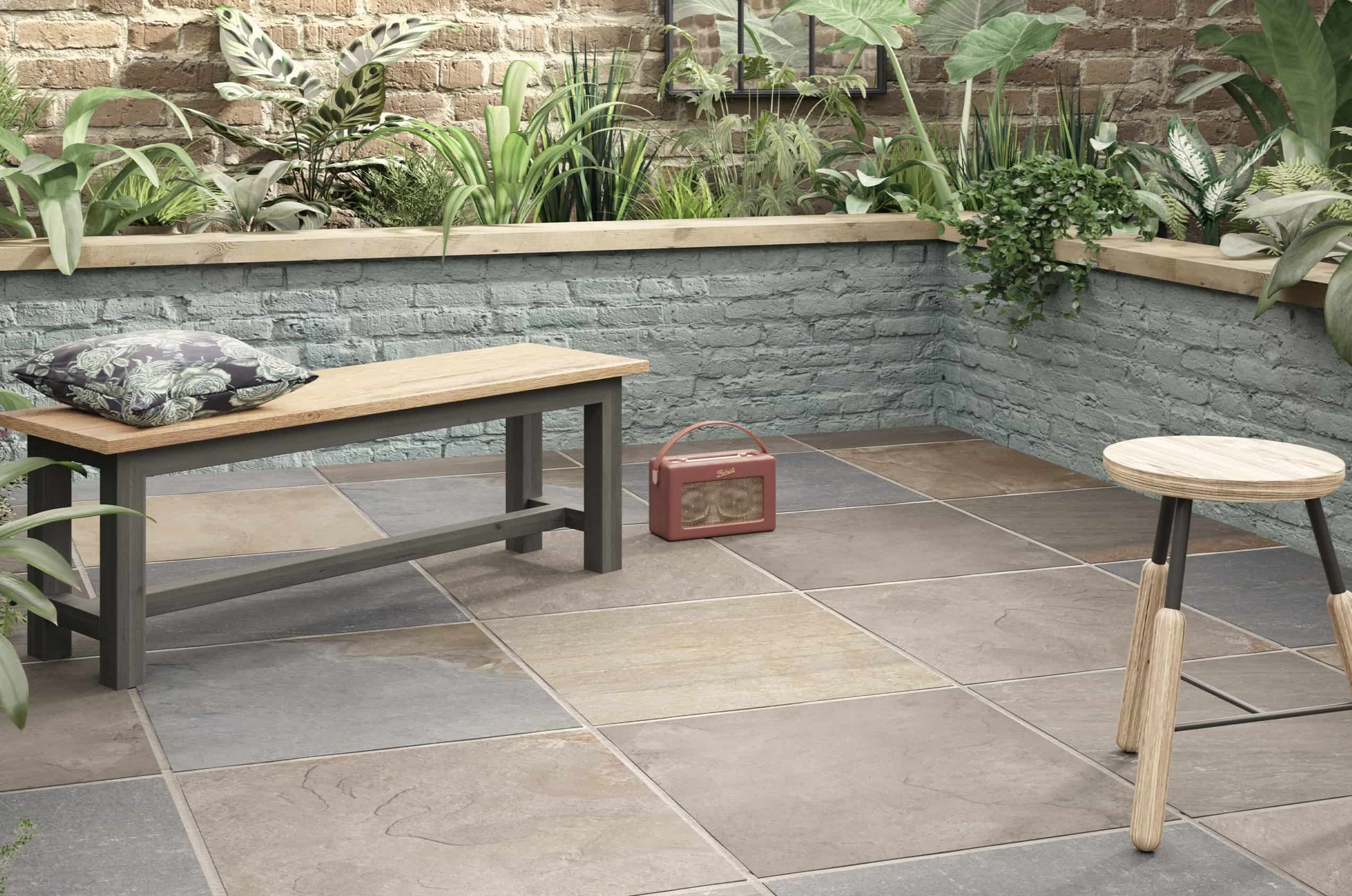

Outdoor Furniture
How Thick Should Outdoor Porcelain Tiles Be
Published: January 15, 2024
Discover the ideal thickness for outdoor porcelain tiles and elevate your outdoor space with the perfect combination of durability and style. Explore outdoor furniture, furniture, and design tips to create a stunning outdoor oasis.
(Many of the links in this article redirect to a specific reviewed product. Your purchase of these products through affiliate links helps to generate commission for Storables.com, at no extra cost. Learn more)
Introduction
When it comes to enhancing the outdoor space of your home, choosing the right materials for your patio, deck, or garden pathway is crucial. Outdoor porcelain tiles have emerged as a popular choice for their durability, low maintenance, and aesthetic appeal. However, determining the ideal thickness of these tiles is a key consideration that can significantly impact their performance and longevity.
In this comprehensive guide, we will delve into the factors to consider when selecting the thickness of outdoor porcelain tiles, the recommended thickness for various outdoor applications, and the benefits of different thickness options. Whether you are planning a serene garden retreat or a vibrant outdoor entertaining area, understanding the significance of porcelain tile thickness will empower you to make informed decisions and create a stunning outdoor space that withstands the test of time.
Key Takeaways:
- Choose outdoor porcelain tile thickness based on location, use, and climate for durability and visual appeal. Thicker tiles withstand heavy use and extreme weather, while thinner ones offer sleek aesthetics and seamless transitions.
- Outdoor porcelain tiles come in different thicknesses, each offering unique benefits. Thicker tiles provide unparalleled strength and resilience for challenging climates, while thinner ones are lighter and easier to handle during installation, offering durability and resistance to outdoor elements.
Read more: How To Clean A Porcelain Shower Tile
Factors to Consider
Several factors should be taken into account when determining the appropriate thickness of outdoor porcelain tiles for your specific project. These factors play a pivotal role in ensuring that the tiles can withstand the environmental elements and foot traffic while maintaining their visual appeal over time.
- Location and Climate: The geographical location and climate of your area are critical factors to consider. For regions with extreme temperature variations and frequent freeze-thaw cycles, thicker porcelain tiles are recommended to prevent cracking and damage.
- Intended Use: Consider the intended use of the outdoor space. High-traffic areas such as pool decks and patios may require thicker tiles to withstand frequent use and heavy furniture.
- Substrate Stability: The stability and condition of the substrate where the tiles will be installed are crucial. Uneven or unstable substrates may necessitate thicker tiles to minimize the risk of breakage.
- Installation Method: The chosen installation method, whether it’s a traditional mortar bed or a pedestal system, can influence the recommended thickness of the porcelain tiles.
- Aesthetic Preferences: While thickness primarily impacts the tiles’ performance, it can also influence the visual appearance. Thicker tiles may create a more substantial, luxurious look, which should be considered based on your design preferences.
By carefully evaluating these factors, you can make an informed decision about the most suitable thickness of outdoor porcelain tiles for your specific outdoor project, ensuring both functionality and visual appeal.
Recommended Thickness for Outdoor Porcelain Tiles
Choosing the right thickness for outdoor porcelain tiles is crucial to ensure their longevity and performance in various outdoor settings. The recommended thickness can vary based on the specific application and the environmental conditions the tiles will be exposed to. Here are the general recommendations for outdoor porcelain tile thickness:
- 3/4″ (20mm) Thickness: This thickness is ideal for outdoor areas with moderate foot traffic, such as garden pathways, outdoor dining areas, and lightly-used patio spaces. It provides sufficient durability while offering a sleek and elegant look.
- 1″ (30mm) Thickness: For outdoor spaces subjected to heavier foot traffic and potential impact from furniture and outdoor equipment, a 1″ thickness is recommended. This includes pool decks, high-traffic patio areas, and commercial outdoor spaces.
- 1 1/4″ (2cm) Thickness: In areas with extreme weather conditions, including regions experiencing frequent freeze-thaw cycles, a 1 1/4″ thickness is advisable to ensure the tiles can withstand temperature fluctuations and environmental stress without compromising their integrity.
It’s important to note that these recommendations serve as general guidelines, and specific projects may require variations based on the unique factors influencing the tile installation. Consulting with a professional installer or a knowledgeable supplier can provide valuable insights into the most suitable thickness for your outdoor porcelain tile project.
By selecting the appropriate thickness based on the intended use and environmental factors, you can ensure that your outdoor porcelain tiles deliver exceptional performance and aesthetic appeal for years to come.
Outdoor porcelain tiles should be at least 20mm thick to withstand the outdoor elements and heavy foot traffic. Thicker tiles provide better durability and resistance to cracking or breaking.
Benefits of Different Thicknesses
The choice of thickness for outdoor porcelain tiles offers distinct benefits tailored to the specific demands of various outdoor environments and applications. Understanding the advantages associated with different thickness options can guide you in selecting the most suitable tiles for your outdoor project.
- Thinner Tiles (3/4″ or 20mm): While thinner tiles are lighter and easier to handle during installation, they still offer remarkable durability and resistance to outdoor elements. Their sleek profile makes them an excellent choice for creating seamless transitions between indoor and outdoor spaces, and they are well-suited for applications such as garden pathways and outdoor dining areas.
- Medium Thickness (1″ or 30mm): Outdoor porcelain tiles with a medium thickness strike a balance between durability and aesthetics. They are capable of withstanding heavier foot traffic and the impact of outdoor furniture, making them ideal for high-traffic patio areas, pool decks, and commercial outdoor spaces. Additionally, their enhanced strength and stability contribute to long-term performance.
- Thicker Tiles (1 1/4″ or 2cm): The thickest porcelain tiles offer unparalleled strength and resilience, making them well-suited for outdoor spaces exposed to extreme weather conditions. Their superior resistance to temperature variations and environmental stress, including freeze-thaw cycles, ensures long-term performance and minimizes the risk of damage or cracking, particularly in regions with challenging climates.
By carefully considering the benefits of different thickness options, you can align the characteristics of outdoor porcelain tiles with the specific demands of your outdoor space, ensuring that they not only meet functional requirements but also contribute to the overall visual appeal and longevity of your outdoor design.
Conclusion
Choosing the appropriate thickness for outdoor porcelain tiles is a critical decision that directly impacts the performance, longevity, and visual appeal of your outdoor space. By considering factors such as location, climate, intended use, substrate stability, installation method, and aesthetic preferences, you can make an informed decision about the most suitable thickness for your specific outdoor project.
While the general recommendations for outdoor porcelain tile thickness include 3/4″ (20mm) for moderate foot traffic, 1″ (30mm) for heavier use, and 1 1/4″ (2cm) for extreme weather conditions, it’s essential to assess the unique requirements of your project to determine the optimal thickness.
Each thickness option offers distinct benefits, from sleek aesthetics to exceptional durability and resilience, catering to a wide range of outdoor applications and environmental challenges. By leveraging the advantages of different thicknesses, you can ensure that your outdoor porcelain tiles not only withstand the rigors of outdoor use but also elevate the visual appeal and functionality of your outdoor living spaces.
Ultimately, the careful consideration of porcelain tile thickness empowers you to create an outdoor oasis that seamlessly combines beauty, durability, and performance, enhancing your enjoyment of the outdoor environment for years to come.
Whether you envision a tranquil garden retreat, a vibrant outdoor entertaining area, or a commercial outdoor space, the right thickness of outdoor porcelain tiles serves as the foundation for a stunning and enduring outdoor design.
Frequently Asked Questions about How Thick Should Outdoor Porcelain Tiles Be
Was this page helpful?
At Storables.com, we guarantee accurate and reliable information. Our content, validated by Expert Board Contributors, is crafted following stringent Editorial Policies. We're committed to providing you with well-researched, expert-backed insights for all your informational needs.
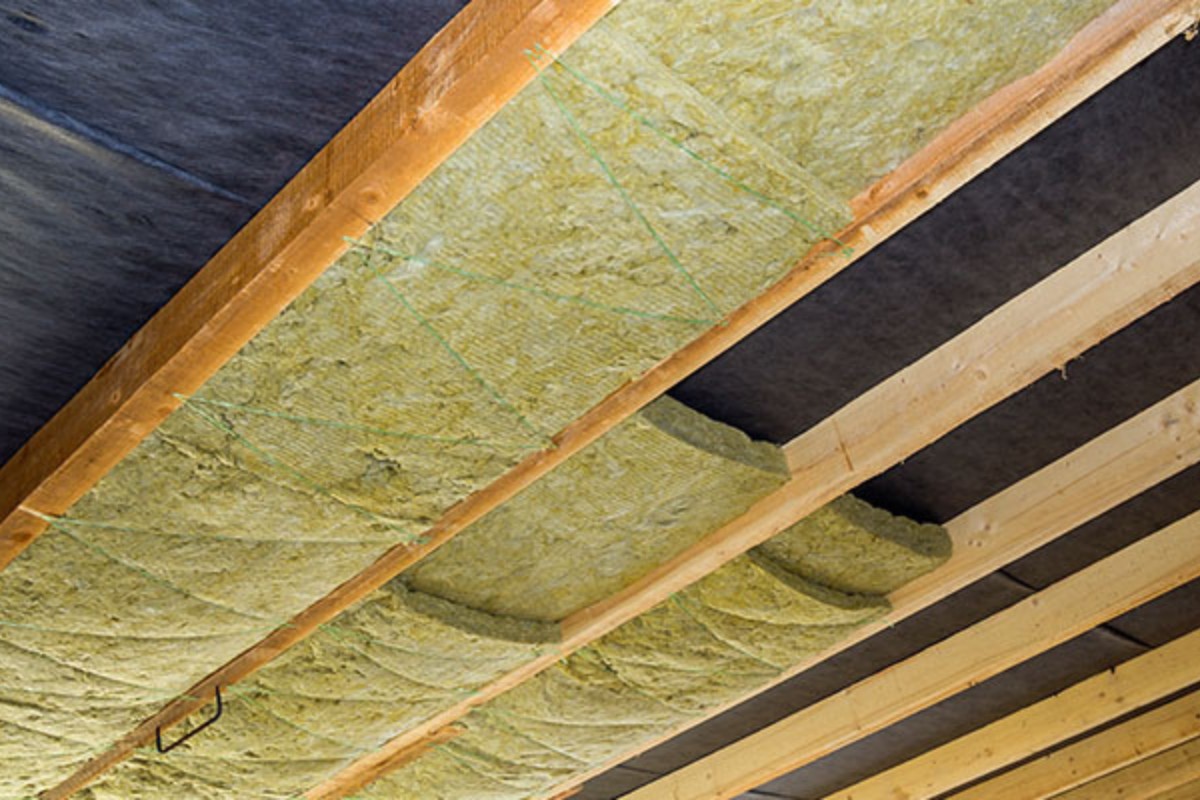
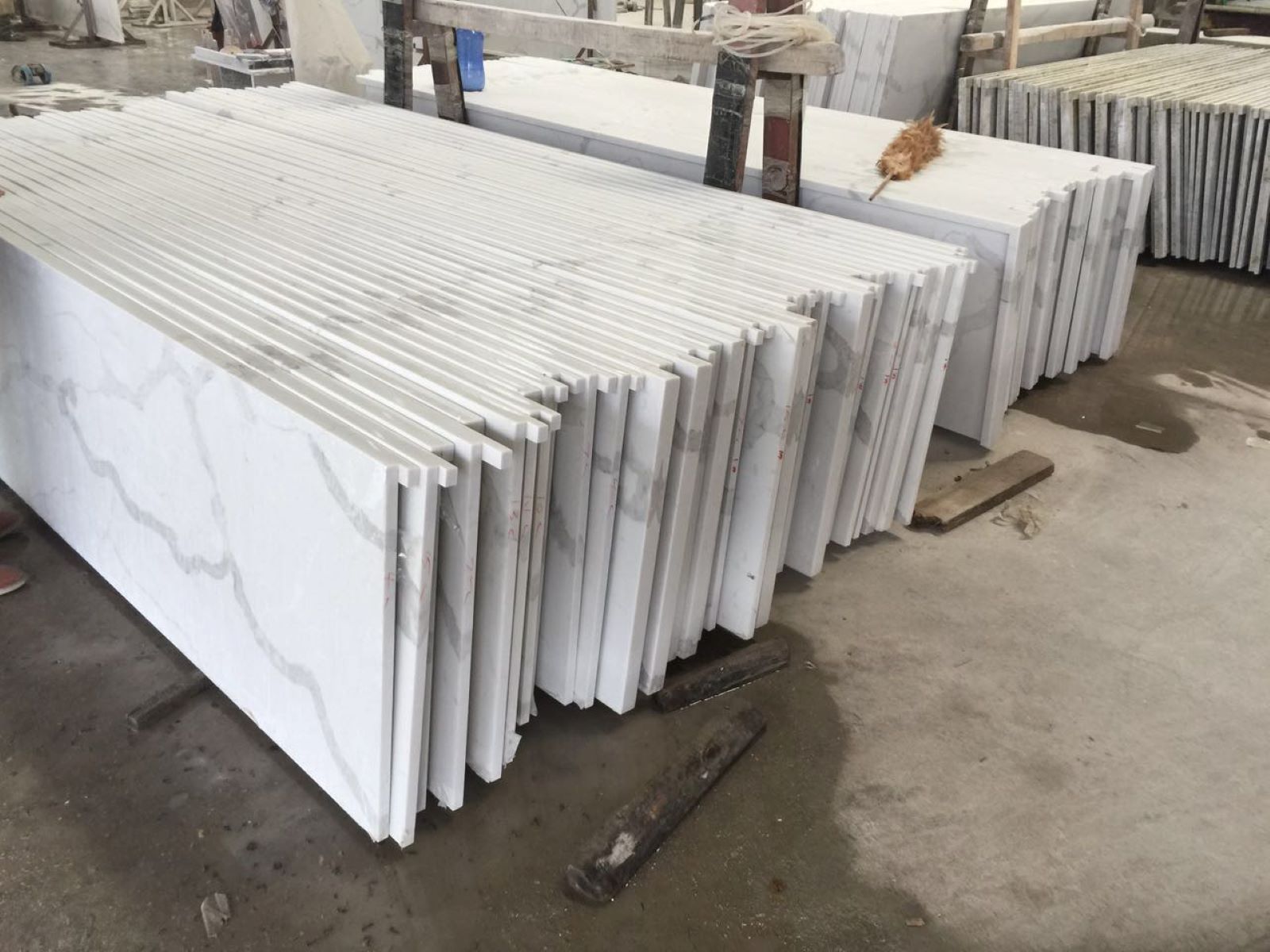
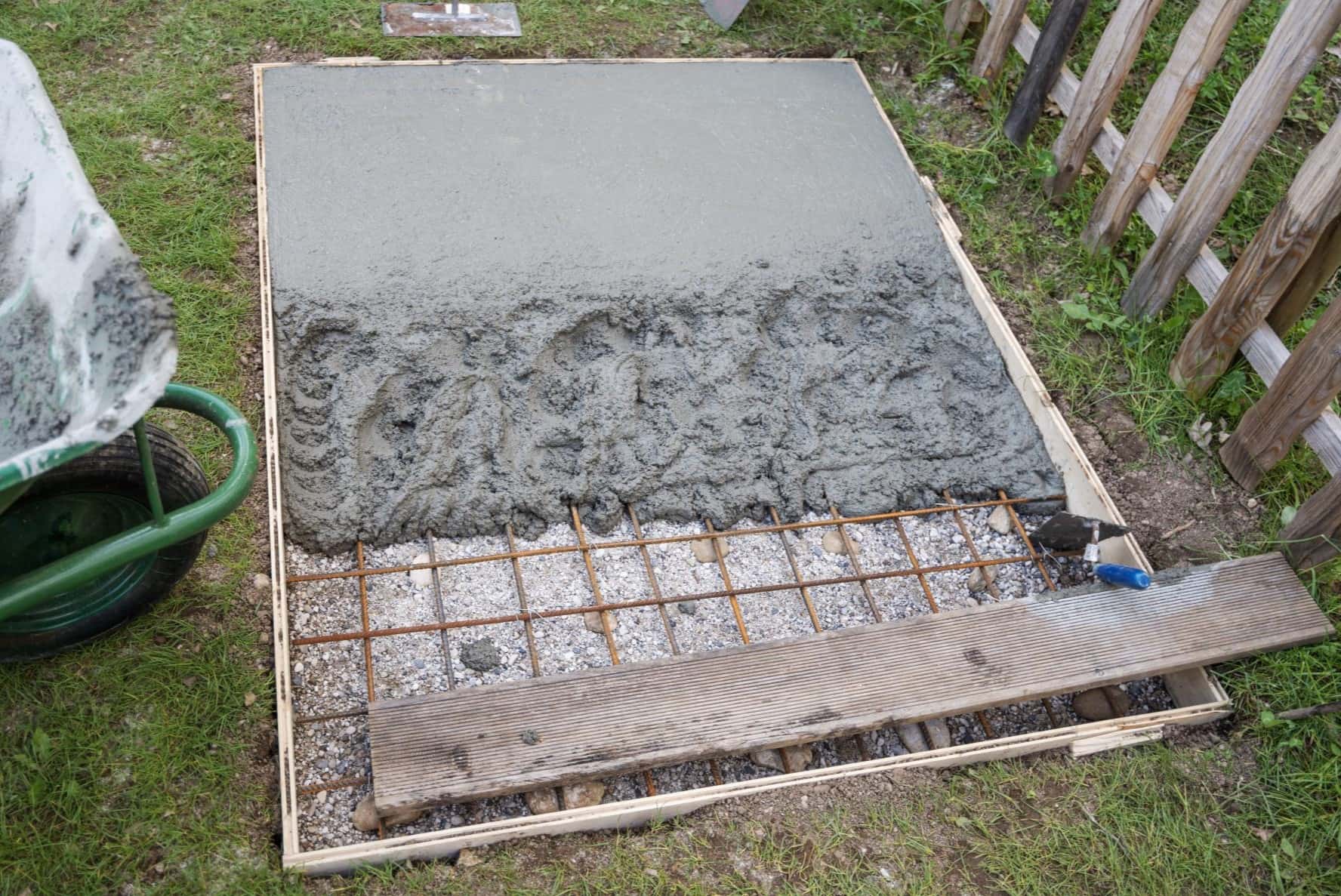

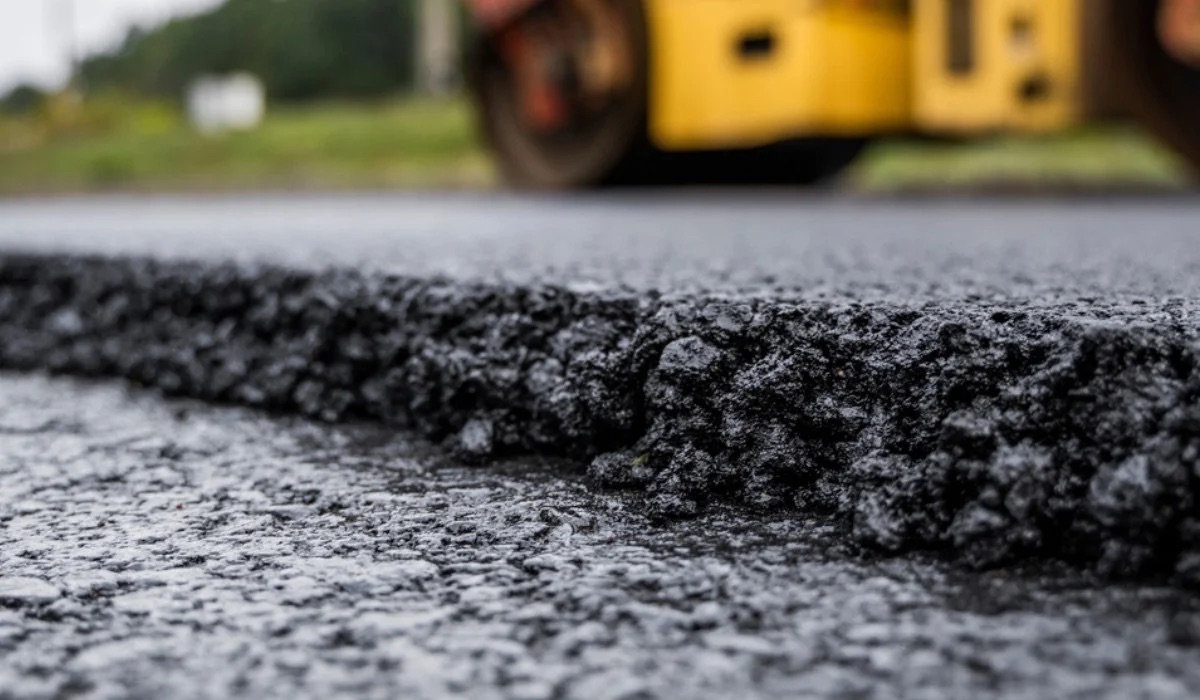

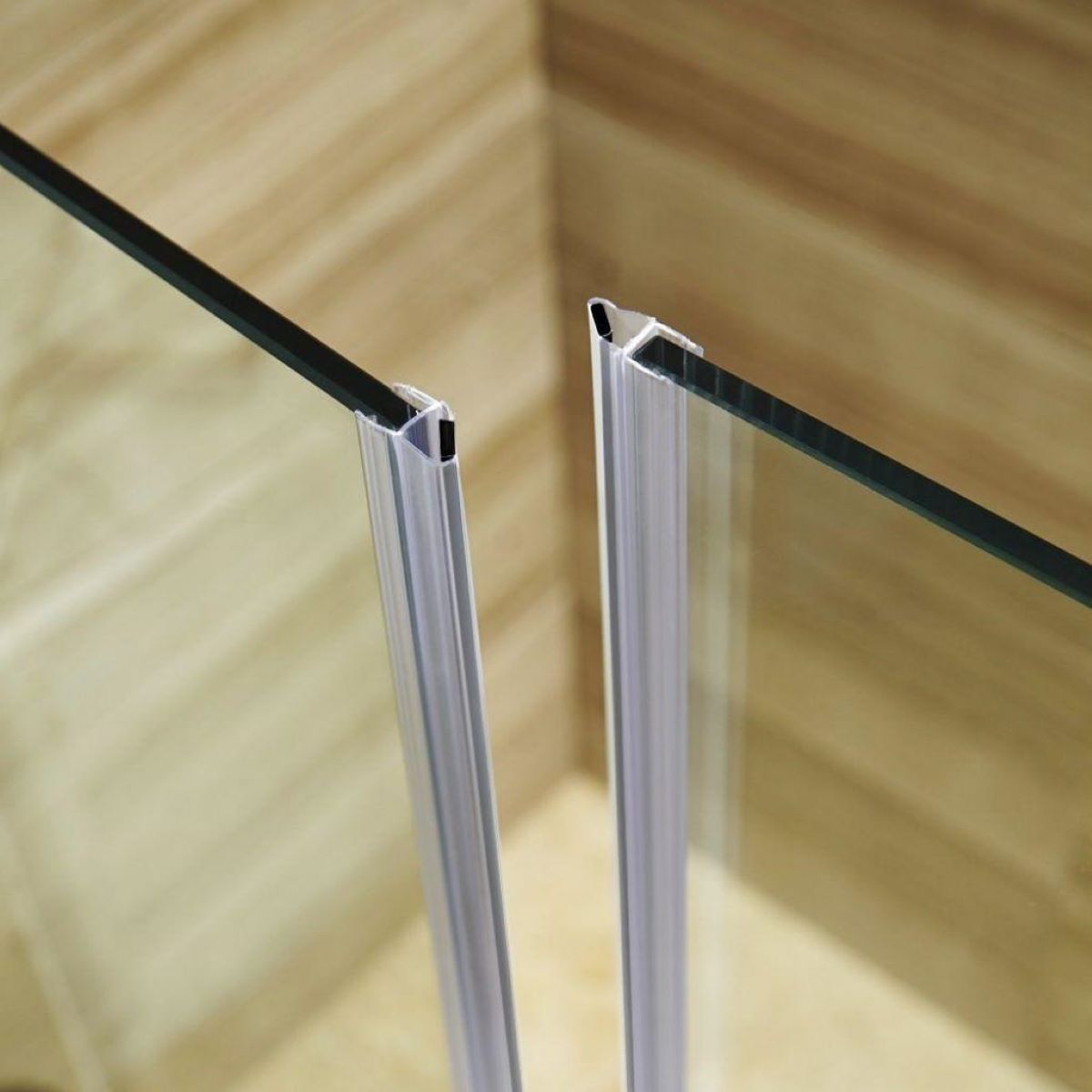
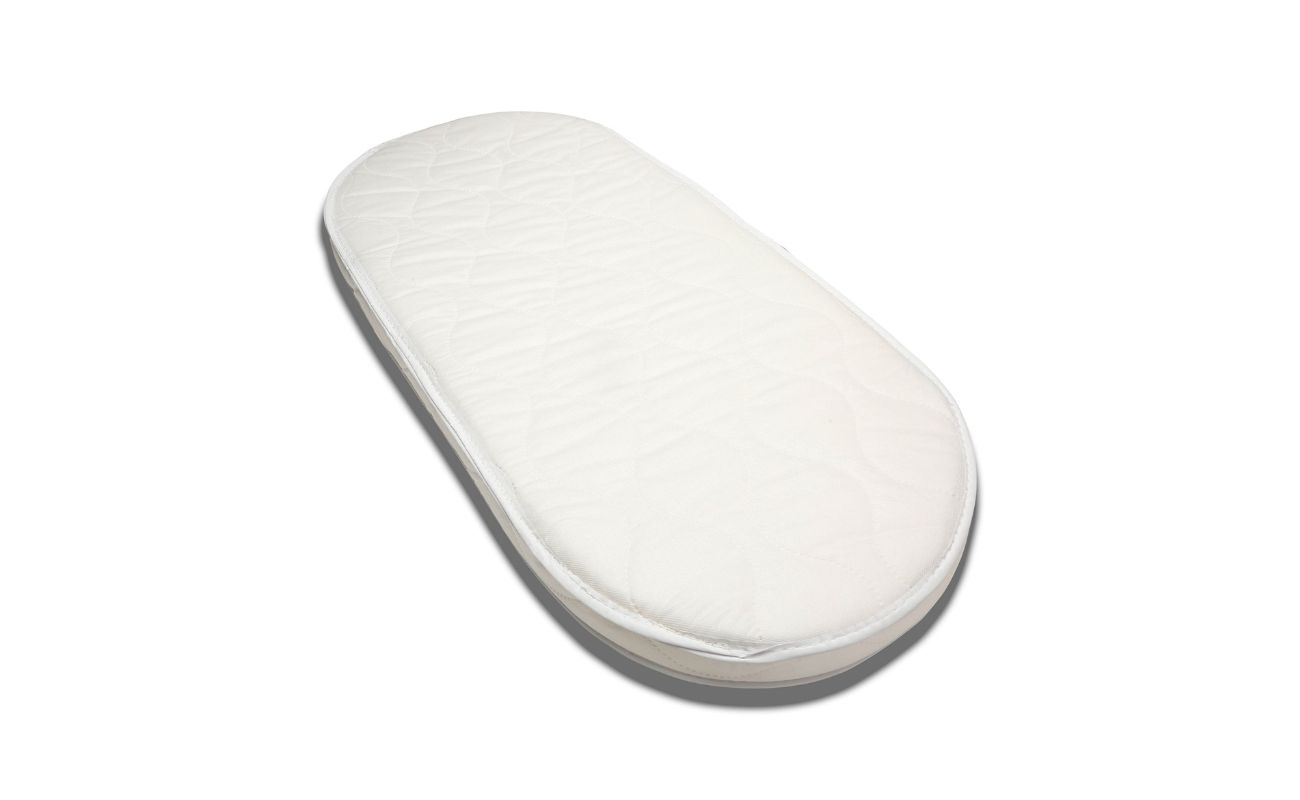


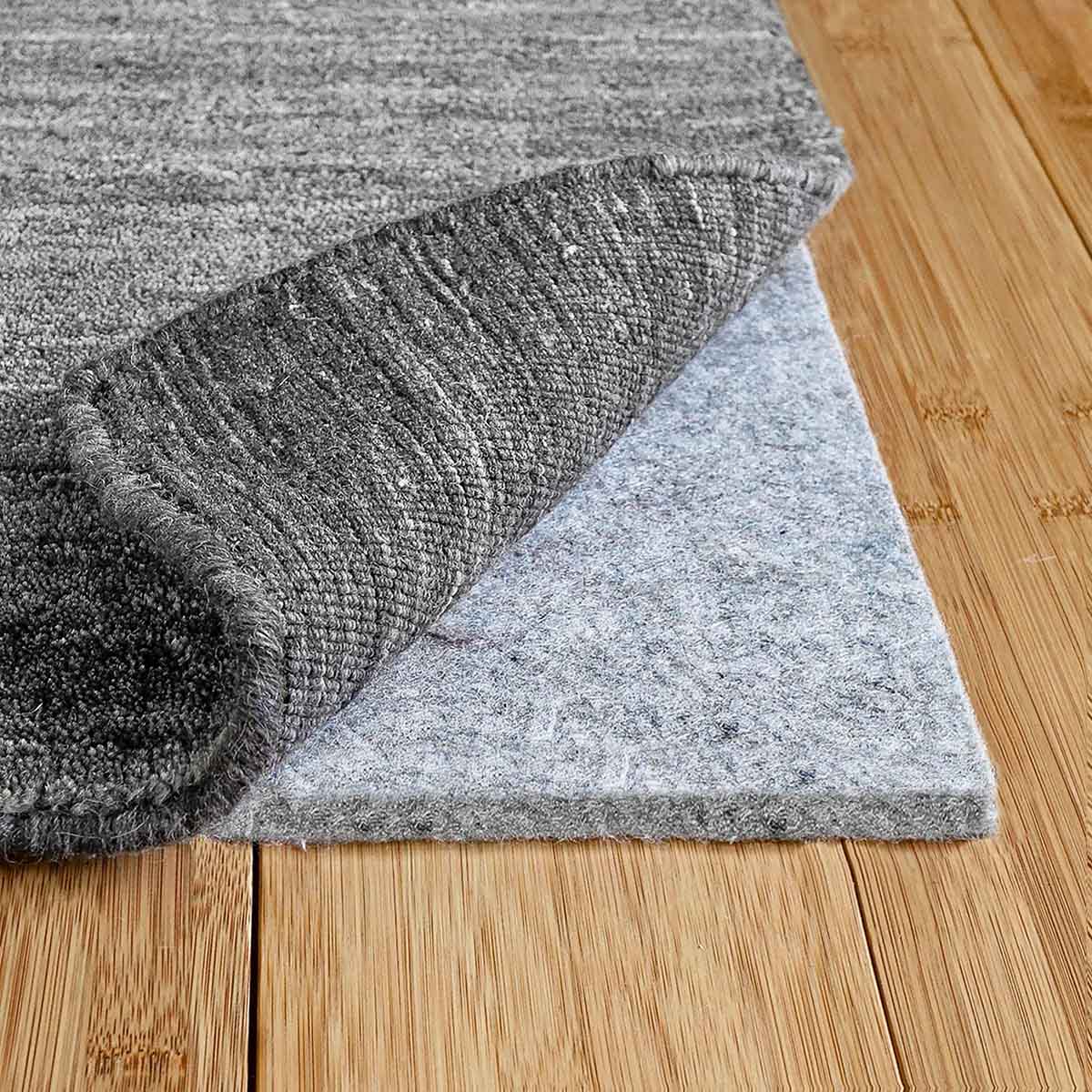


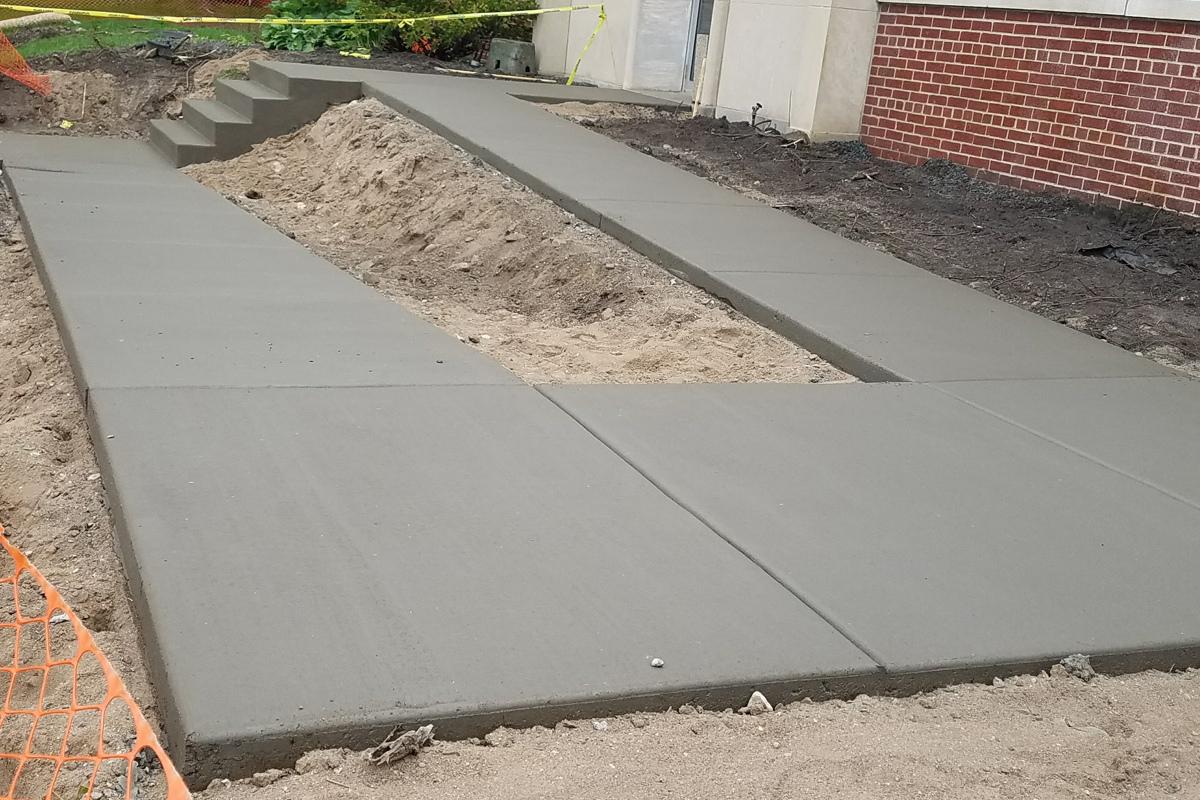

0 thoughts on “How Thick Should Outdoor Porcelain Tiles Be”